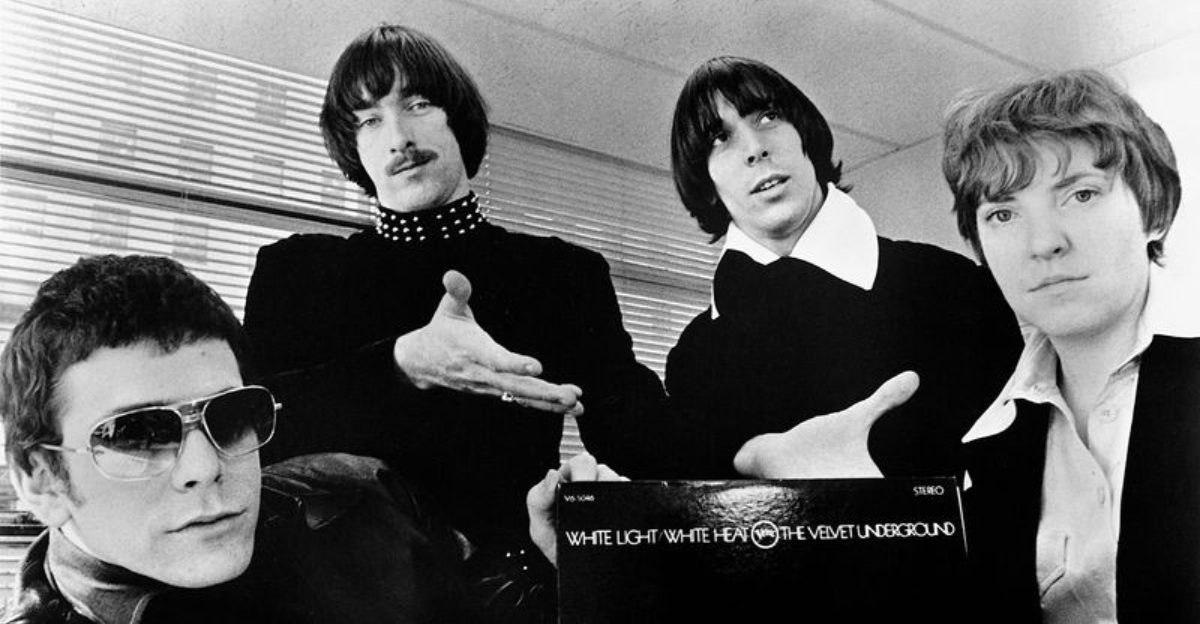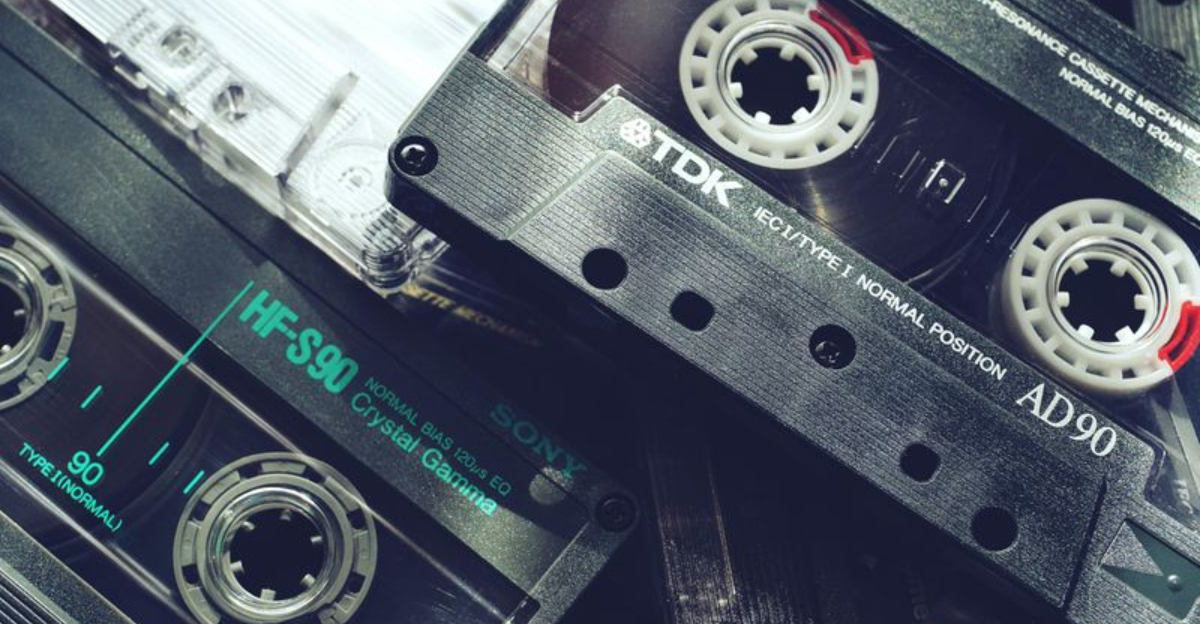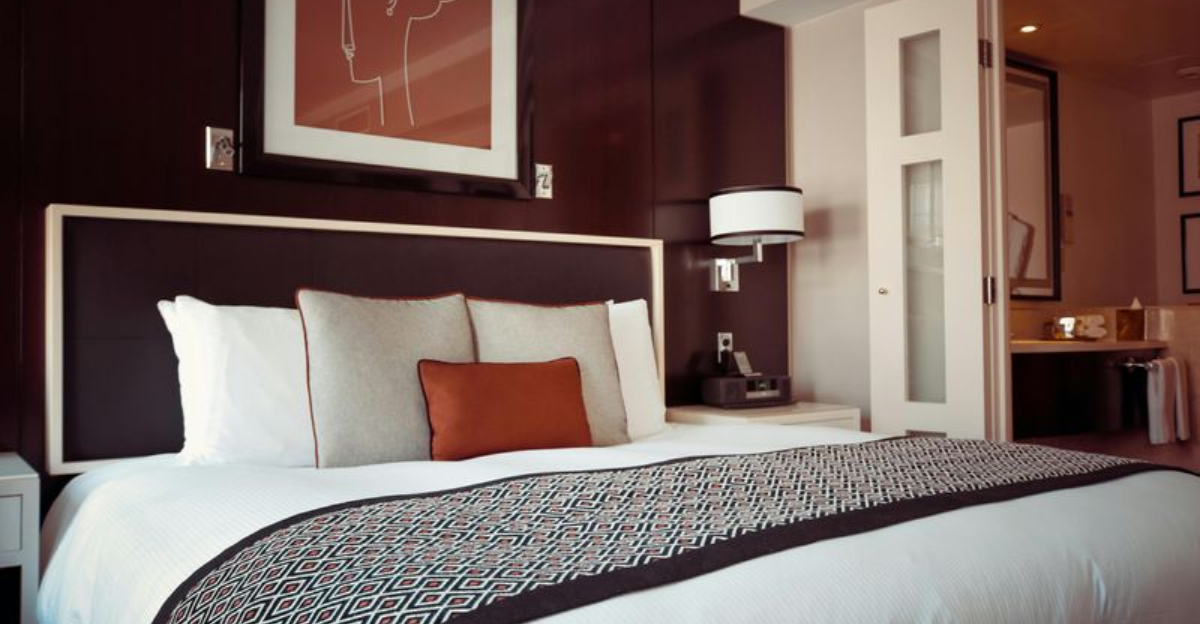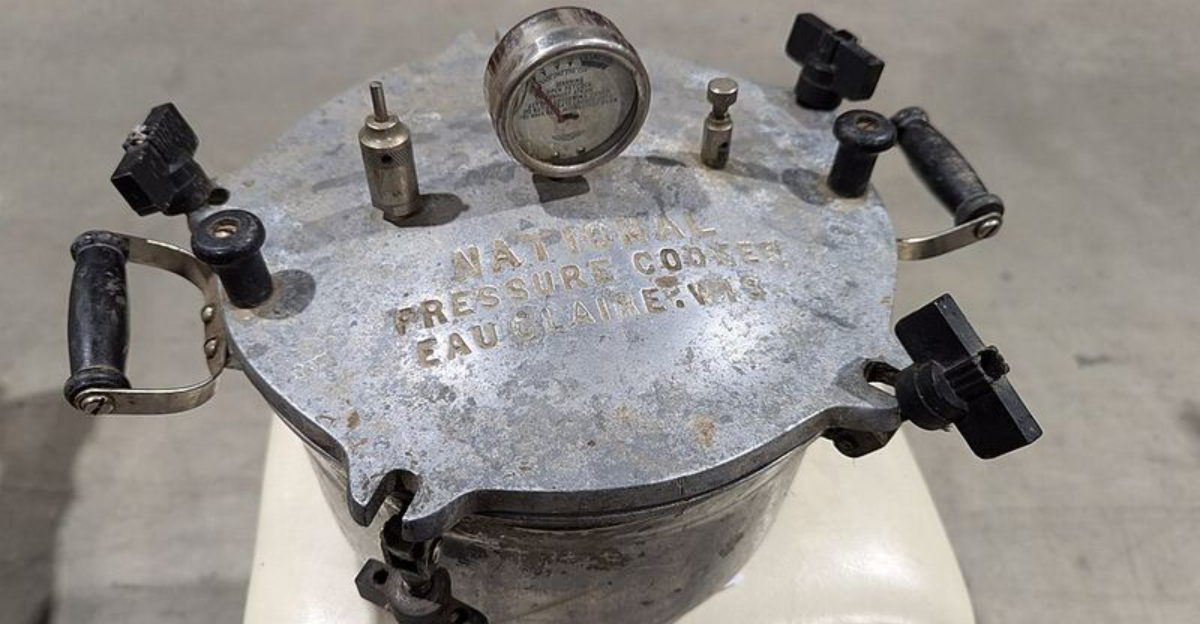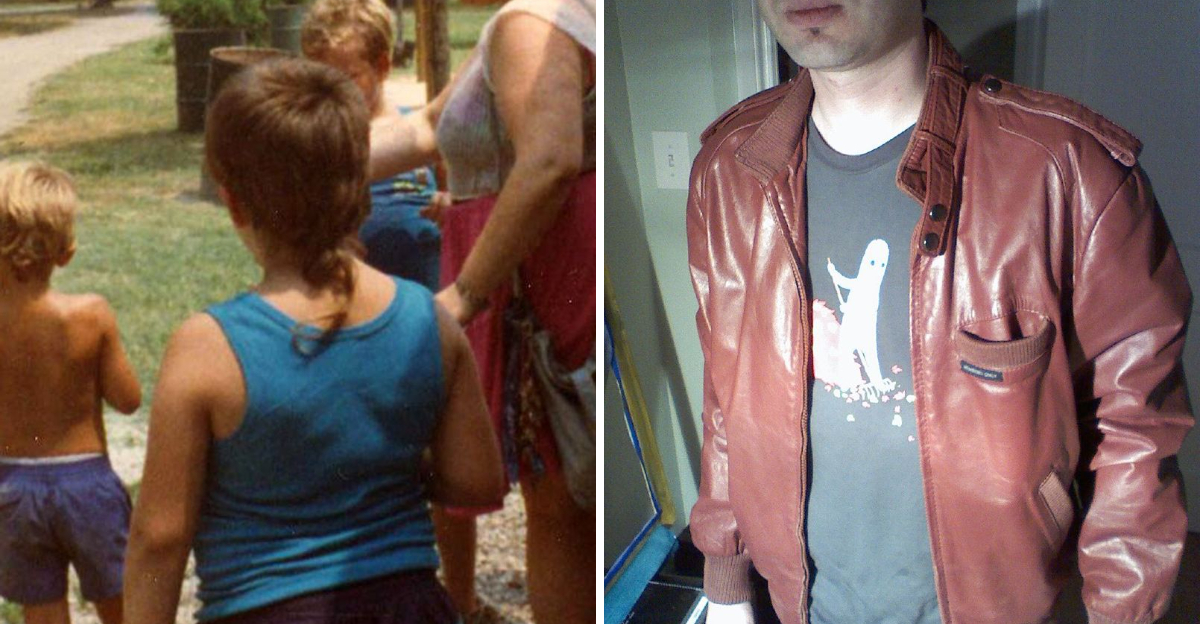20 Quirky ’70s And ’80s Habits We Secretly Miss
Remember when life moved a little slower and things felt more personal? The ’70s and ’80s brought us some truly unique habits that shaped how we connected, communicated, and enjoyed everyday moments.
While technology has made life easier in many ways, there’s something magical about those simpler times that still tugs at our hearts.
Let’s take a fun trip down memory lane and revisit some quirky habits that we secretly wish would make a comeback.
1. Making Mix Tapes For Friends
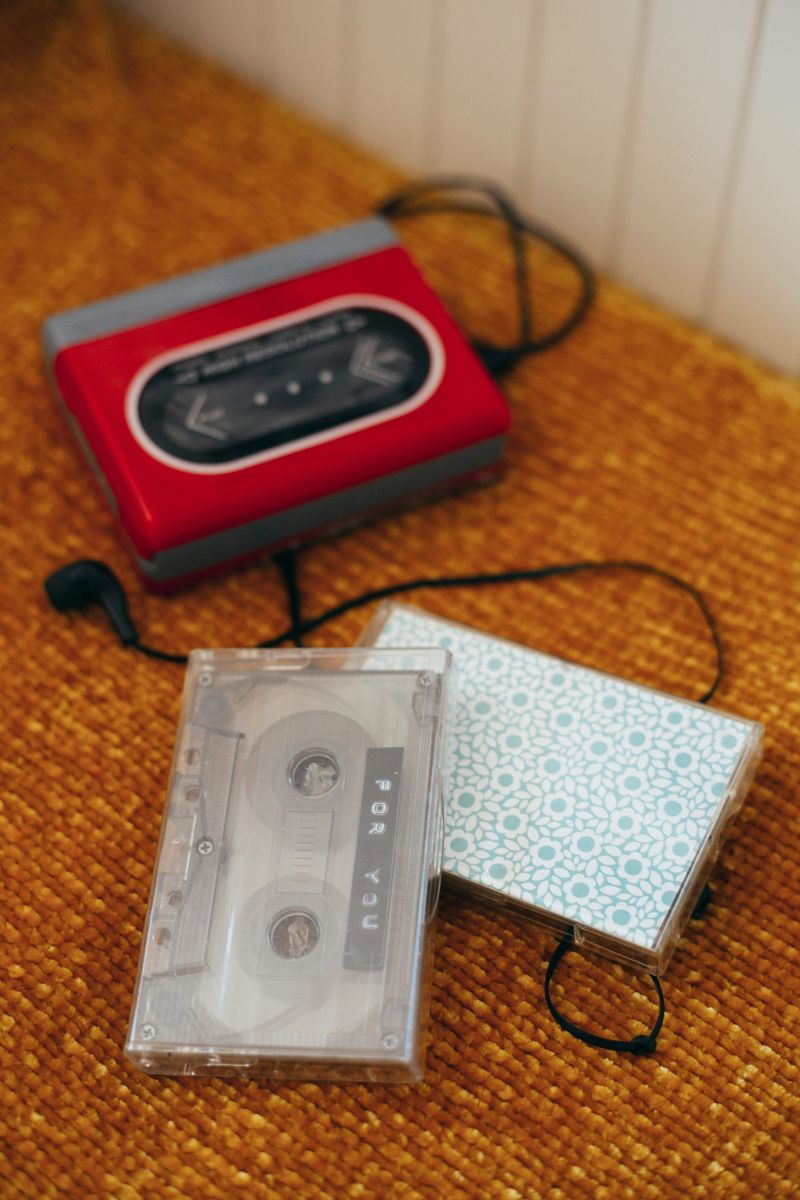
Crafting the perfect playlist required patience, timing, and serious dedication to your friendships. You’d spend hours recording songs from the radio, carefully timing each track to fit perfectly on Side A and Side B.
Every tape was a labor of love, complete with handwritten track lists and doodles on the cover. Giving someone a mix tape meant you really cared about them and wanted to share your favorite music.
2. Talking For Hours On Corded Phones
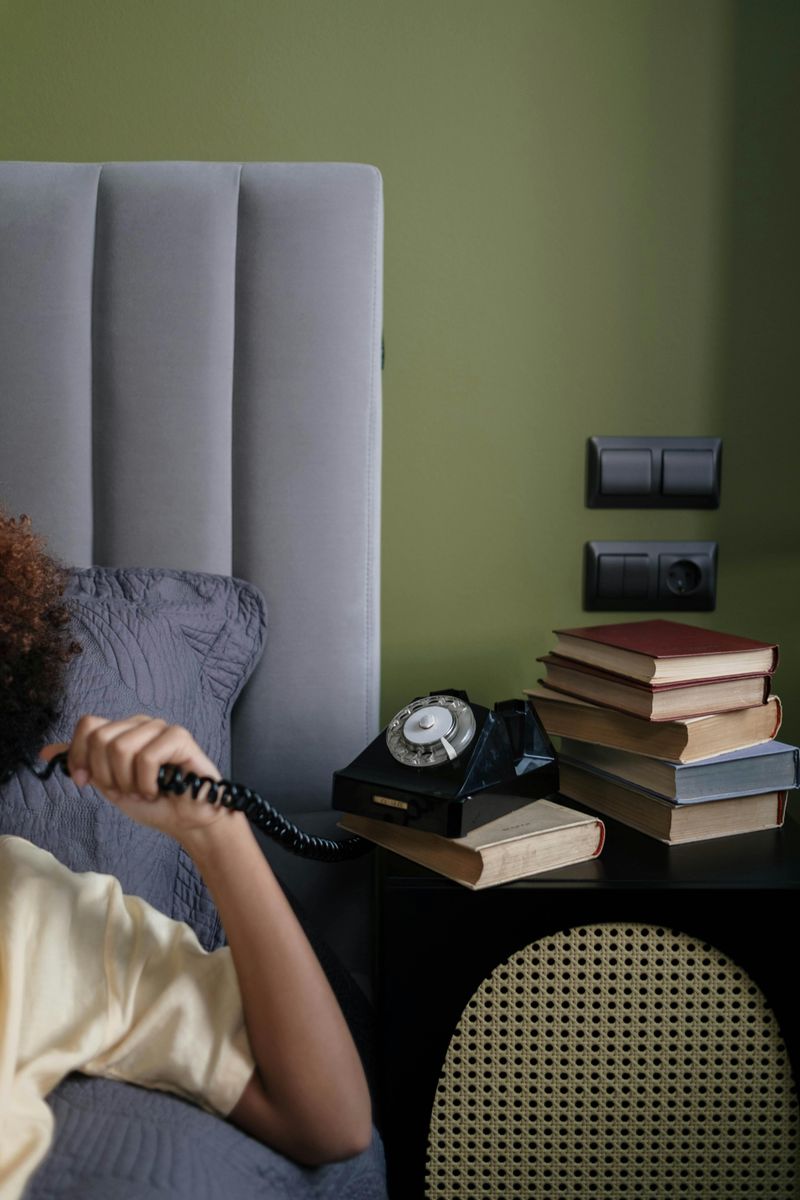
That curly cord stretched as far as it would go became practically an Olympic sport back in the day. You found the most private corner of your house, hoping nobody would pick up the other extension and eavesdrop on your conversation.
Hours would disappear while you chatted about absolutely everything and nothing at all. The anticipation of hearing the phone ring and wondering who was calling added excitement to every evening at home.
3. Smoking Indoors Without A Second Thought
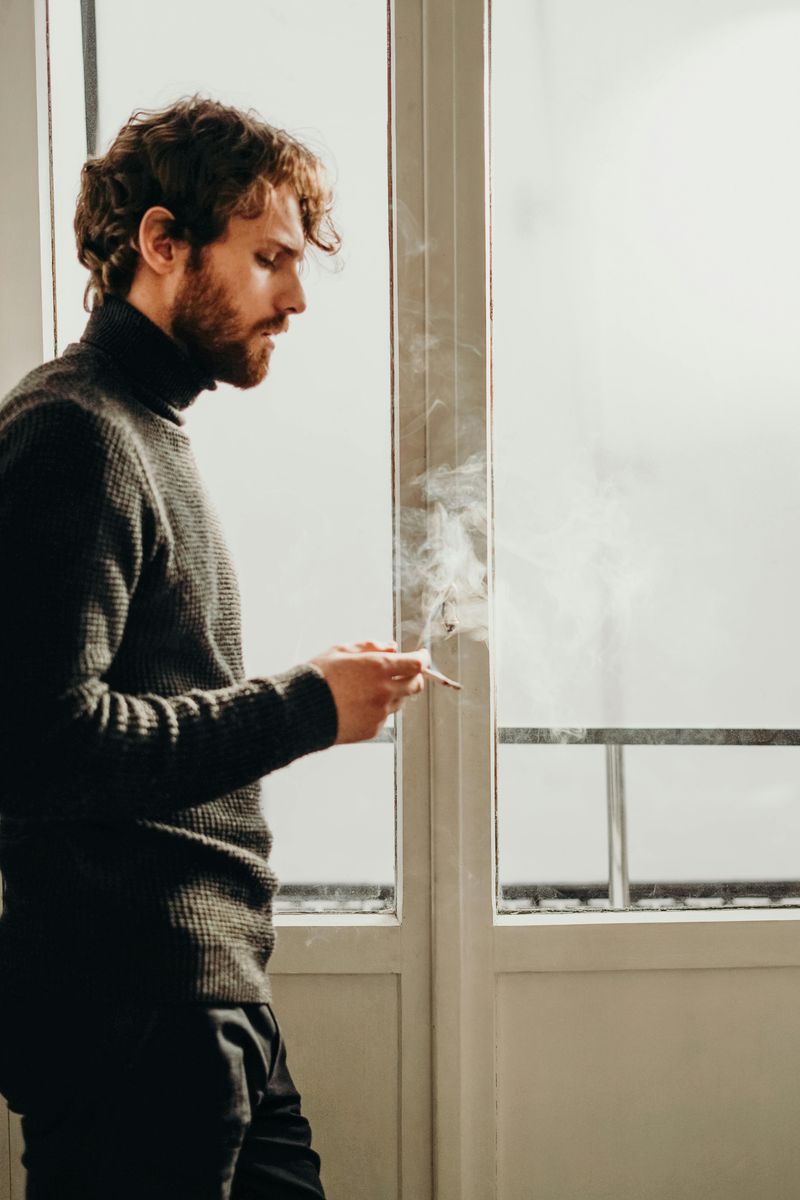
Ashtrays sat on every table like decorative centerpieces, and nobody batted an eye at lighting up anywhere indoors. Restaurants had smoking sections that were basically just tables slightly closer to other tables, offering zero actual separation.
Office meetings came with clouds of smoke swirling around fluorescent lights. While we now understand the health risks, it was simply part of everyday culture back then, as normal as drinking coffee.
4. Writing Letters Instead Of Texting
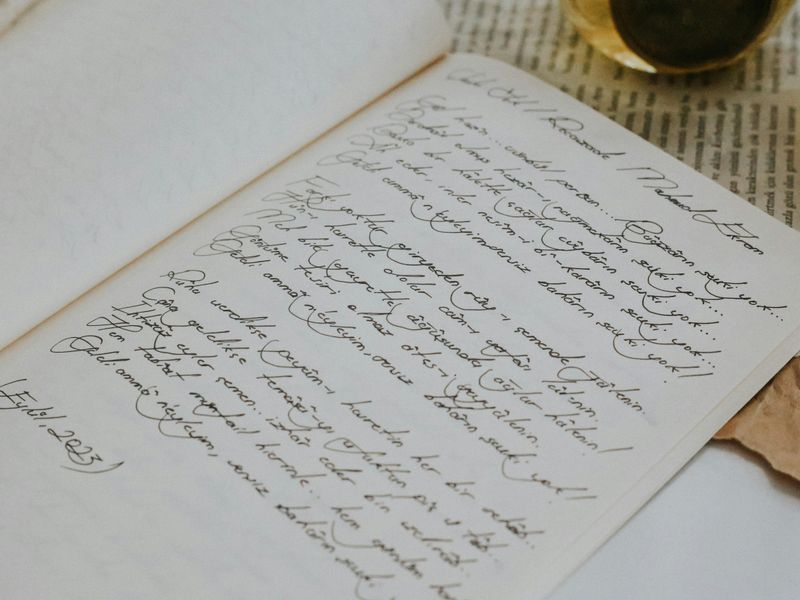
Putting pen to paper forced you to really think about what you wanted to say to someone special. Waiting days or weeks for a reply built anticipation that made receiving mail incredibly exciting and meaningful.
Your handwriting became part of your personality, instantly recognizable to friends and family. Letters could be saved, reread, and treasured in ways that digital messages just can’t match today.
5. Saturday Morning Cartoons
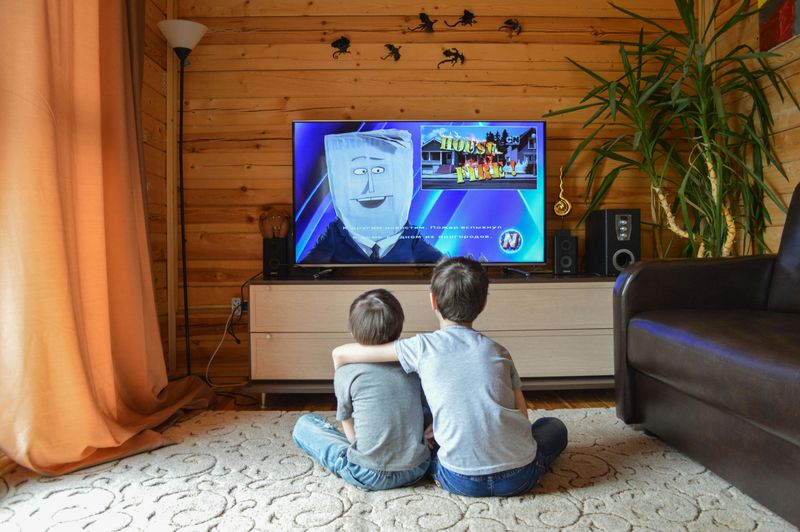
Early weekend mornings felt like a privilege rather than a chore when cartoons were waiting. You rushed to pour your sugary cereal and claim your spot on the floor before your siblings took the best viewing angle.
Missing an episode meant waiting an entire week for a rerun, if you were lucky. That limited availability made every Saturday morning feel special and worth protecting from any other plans.
6. Balancing Checkbooks By Hand

Every penny required careful attention and actual math skills in your checkbook register. Each month, you reconciled your spending against bank statements, hunting down every missing cent like a financial detective.
Mistakes meant crossed-out numbers and messy corrections throughout your register. Though tedious, this habit kept you intimately aware of exactly where your money was going at all times.
7. Family Photo Slideshows
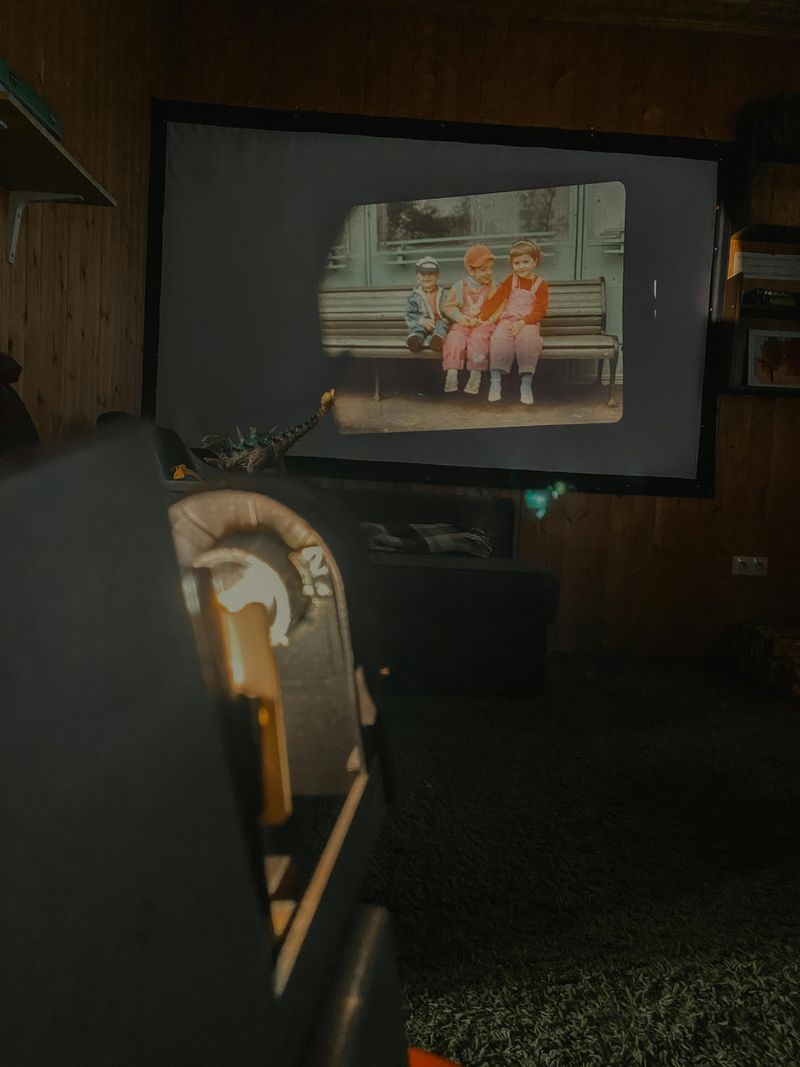
Family nights reached their peak when everyone crowded into a dark room to watch vacation photos glow on the wall, the click-clack of the projector echoing through shared memories.
Someone always had to narrate the entire trip, explaining every single photo in detail. Though sometimes tedious, slideshows turned photography into a shared experience rather than something you scrolled through alone.
8. Collecting Vinyl And Cassette Tapes
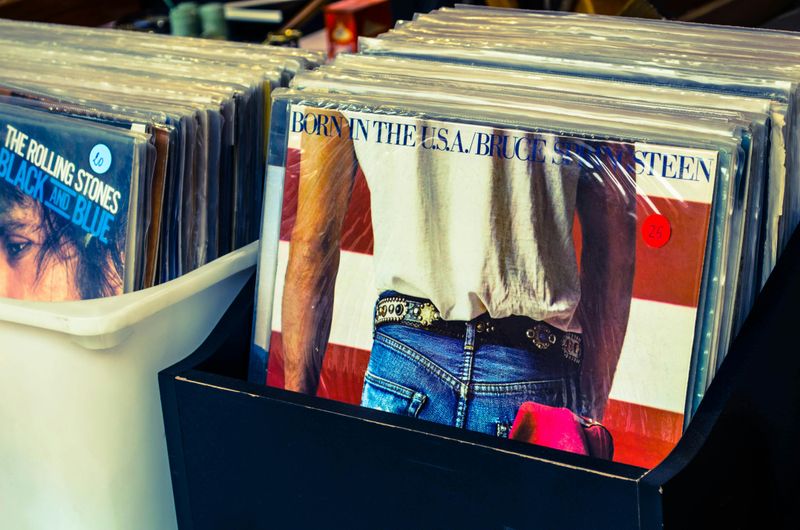
Building a music collection meant physically hunting through record stores and saving up for albums you really wanted. Each purchase was an investment, and you’d listen to entire albums repeatedly because you couldn’t just skip to the next thing.
Album artwork became part of the experience, with gatefold covers and liner notes to study. Your collection reflected your identity and taste in ways that streaming playlists simply can’t replicate.
9. Wearing Leg Warmers And Headbands

Neon colors and mismatched patterns weren’t just acceptable, they were practically required for any respectable workout outfit. Leg warmers served absolutely no practical purpose outside of dance studios, but everyone wore them anyway because they looked totally rad.
Headbands kept your feathered hair in place while you exercised to Jane Fonda videos. Fashion was bold, unapologetic, and fun in ways that today’s minimalist athleisure can’t touch.
10. Typing On Noisy Typewriters
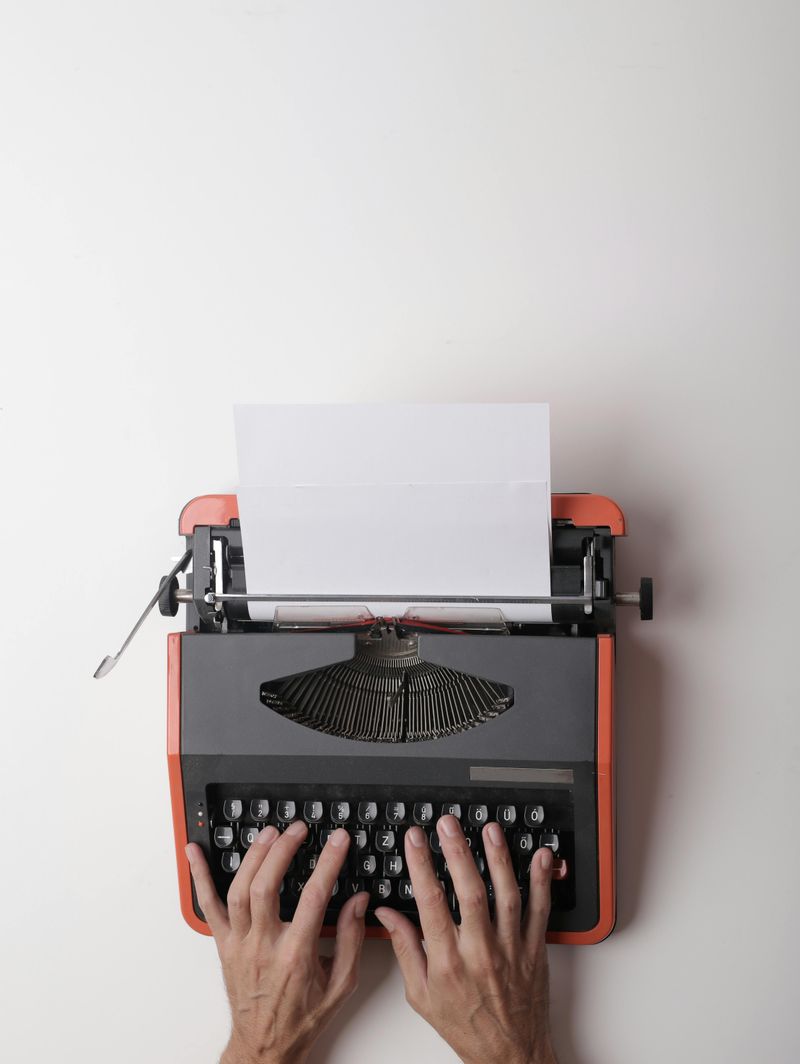
Every keystroke required real finger strength and commitment since there was no delete button to save you from mistakes. The satisfying clack of keys hitting paper and the ding of the carriage return created a productive symphony in offices everywhere.
Correction tape and Wite-Out became essential tools for fixing inevitable errors. Though less efficient than computers, typewriters made writing feel more intentional and permanent with every word.
11. Polaroid Pictures Developing In Your Hand
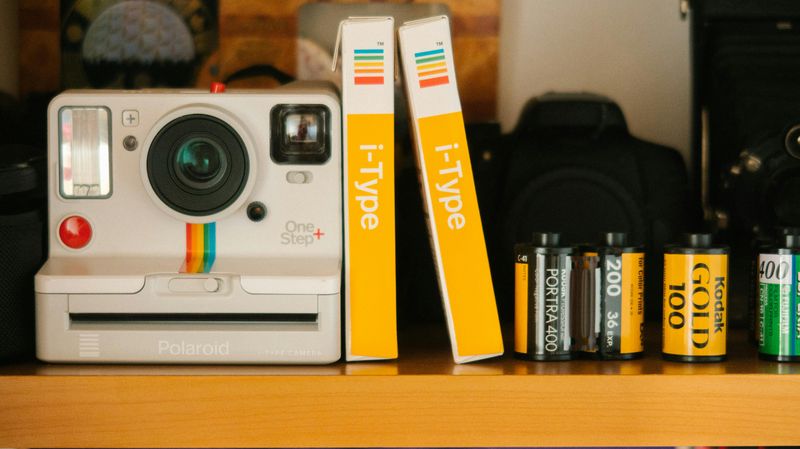
There was nothing quite like watching a photo fade into view, that slow reveal feeling like pure magic. Everyone shook it anyway, desperate to see if they’d blinked.
Each shot cost money, so you couldn’t waste film on bad angles or silly experiments. Instant gratification met permanent consequences, making every Polaroid moment feel important and worth capturing.
12. Waiting A Week For Film To Be Developed
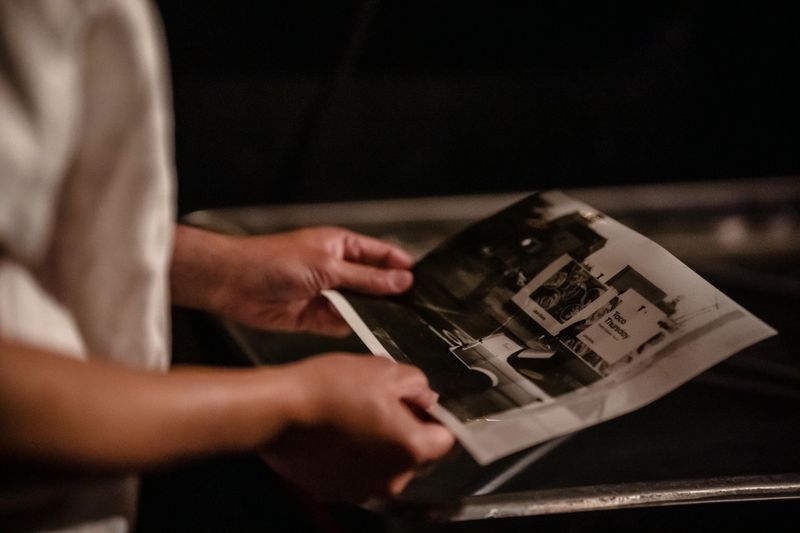
Drop off a roll of film, and the wait began! A week filled with hope and curiosity! By the time you got your prints, each one felt like a gift from your past self.
Half the roll might be blurry disasters or accidental shoe photos, but you paid for all of them anyway. That delayed gratification made the good photos feel even more special and worth keeping forever.
13. Reading Newspapers Every Morning
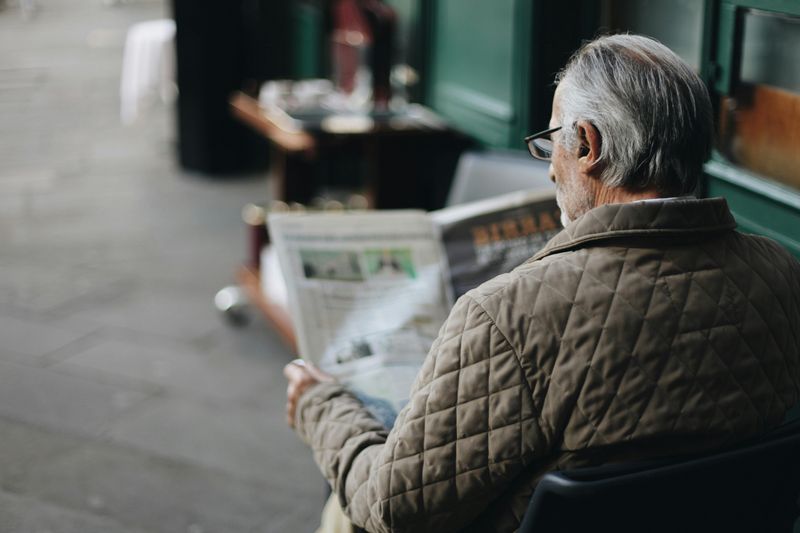
Starting your day with ink-stained fingers and a rustling broadsheet was a cherished morning ritual. You’d carefully unfold each section, scanning headlines while sipping coffee and enjoying a slower pace before the day began.
Sharing interesting articles meant physically passing sections across the breakfast table. Though less immediate than scrolling news feeds, newspapers created a tangible connection to current events and your community that felt more substantial.
14. Hosting Backyard Fondue Parties
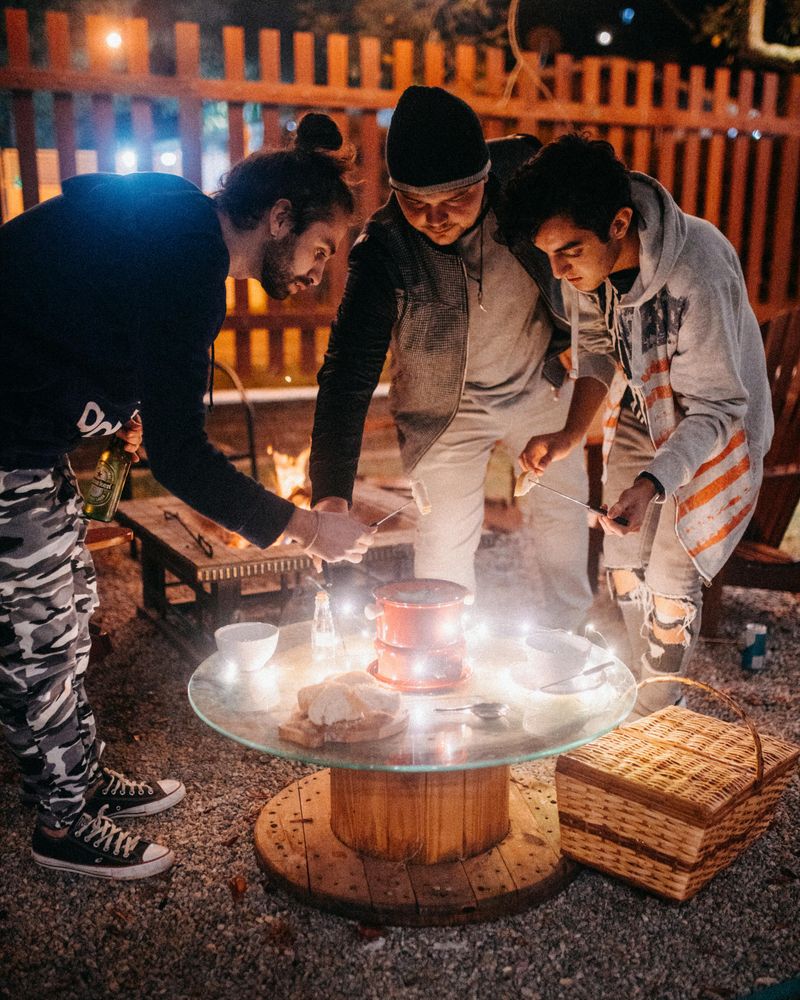
Melted cheese or chocolate became the centerpiece of social gatherings, bringing everyone together around bubbling pots. You’d carefully spear bread cubes or fruit, trying not to lose your food in the communal pot while laughing with friends.
Fondue parties felt fancy and sophisticated, even though you were basically just eating melted cheese on sticks. The interactive nature made dining a shared adventure rather than just another meal together.
15. Memorizing Phone Numbers
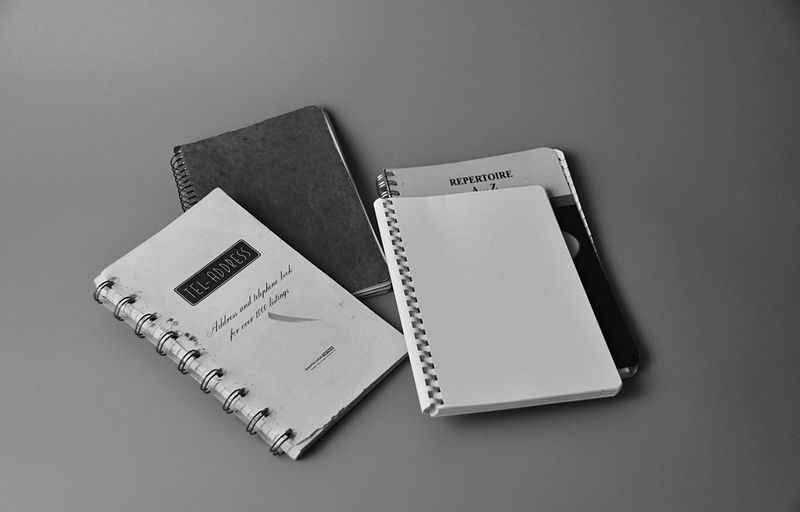
Your brain stored dozens of important numbers because you had no other choice if you wanted to stay connected. Best friends, family members, and even your crush’s number were committed to memory through repeated dialing on rotary phones.
Forgetting a number meant tracking down a phone book or calling directory assistance. Mental effort created stronger connections between people and their numbers, making each relationship feel more permanent and important in your life.

